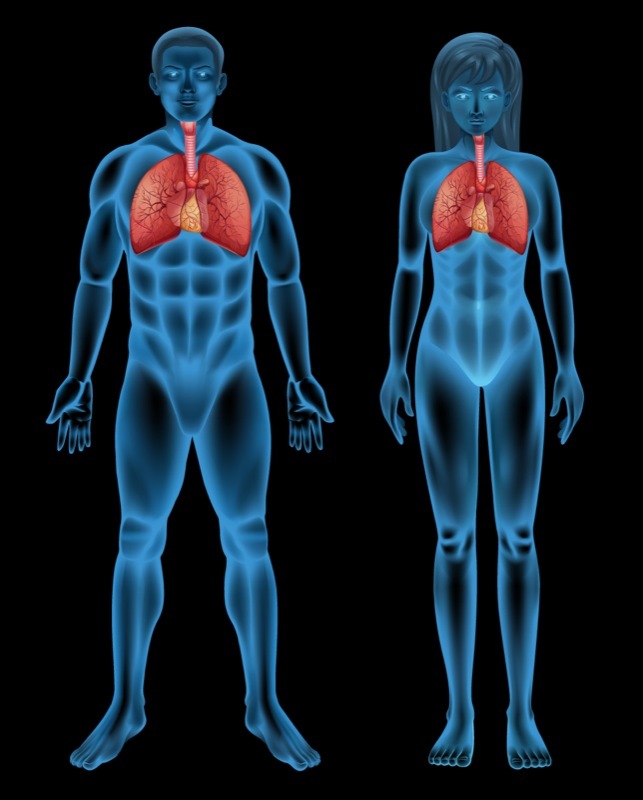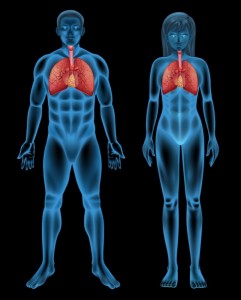Pulmonary Hypertension in Scleroderma Affects Males More Than Females
Written by |

 Although women have a greater risk for systemic sclerosis (SSc), they may actually experience a lesser degree of symptoms. An international study based in Cochin Hospital in Paris extracted data for 9,182 patients with SSc from the European League Against Rheumatism (EULAR) scleroderma trials and research study cohort and discovered a striking contrast in disease severity between genders. The findings were reported in the journal Annals of the Rheumatic Diseases under the title, “A Gender Gap in Primary and Secondary Heart Dysfunctions in Systemic Sclerosis: A EUSTAR Prospective Study.”
Although women have a greater risk for systemic sclerosis (SSc), they may actually experience a lesser degree of symptoms. An international study based in Cochin Hospital in Paris extracted data for 9,182 patients with SSc from the European League Against Rheumatism (EULAR) scleroderma trials and research study cohort and discovered a striking contrast in disease severity between genders. The findings were reported in the journal Annals of the Rheumatic Diseases under the title, “A Gender Gap in Primary and Secondary Heart Dysfunctions in Systemic Sclerosis: A EUSTAR Prospective Study.”
Prevalence of female SSc was evident, as the majority (85.6%) of trial participants was female. In other words, for every one male with SSc, there were six females with SSc. Among males, the diffuse cutaneous form of SSc was dominant, as the ratio of women:men affected with diffuse cutaneous SSc was 4:1, whereas the ratio for limited cutaneous subtypes was 9:1. These ratios did not vary widely with patient age.
Symptoms both at baseline and two-year follow-up were more severe for males. At baseline, lung fibrosis and pre-capillary pulmonary hypertension were common comorbidities, and males had a more severe vascular phenotype. Men also had a more active disease and a higher risk of elevated creatine kinase. On the other hand, women were more likely to have anticentromere antibodies and gastrointestinal involvement.
In terms of outcomes of the disease, after a period of at least two years after initial assessment, the ratio of women:men affected with SSc was the same — 6:1. Many patients had since developed pulmonary hypertension, and the male gender was more predictive of new onset pulmonary hypertension.
Of the patients with follow-up data, there were 908 deaths recorded. Although the number of women who had died was greater than the number of men (691 vs. 217), since there were more women than men to begin, percentages are a better representation of increased risk of mortality. Considering percents, mortality rate for men was 33.1%, and mortality rate for women was 18.0%. Men also tended to die at a younger age (60.4 years vs. 63.9 years) and after a shorter disease duration (8.6 years vs. 12.3 years). Yet despite these differences, SSc-related death rate was similar between men and women, indicating that male gender was an independent predictor, not male SSc.
After recognizing the gender gap in SSc, the authors made a number of recommendations. They believe gender should be taken into account when analyzing drug effects during clinical trials, and stratifications can be useful to determine if one therapeutic strategy could benefit men or women over another. Finally, due to the prevalence of new onset pulmonary hypertension in males, the authors believe particular attention should be paid to vascular health in men when managing SSc.





